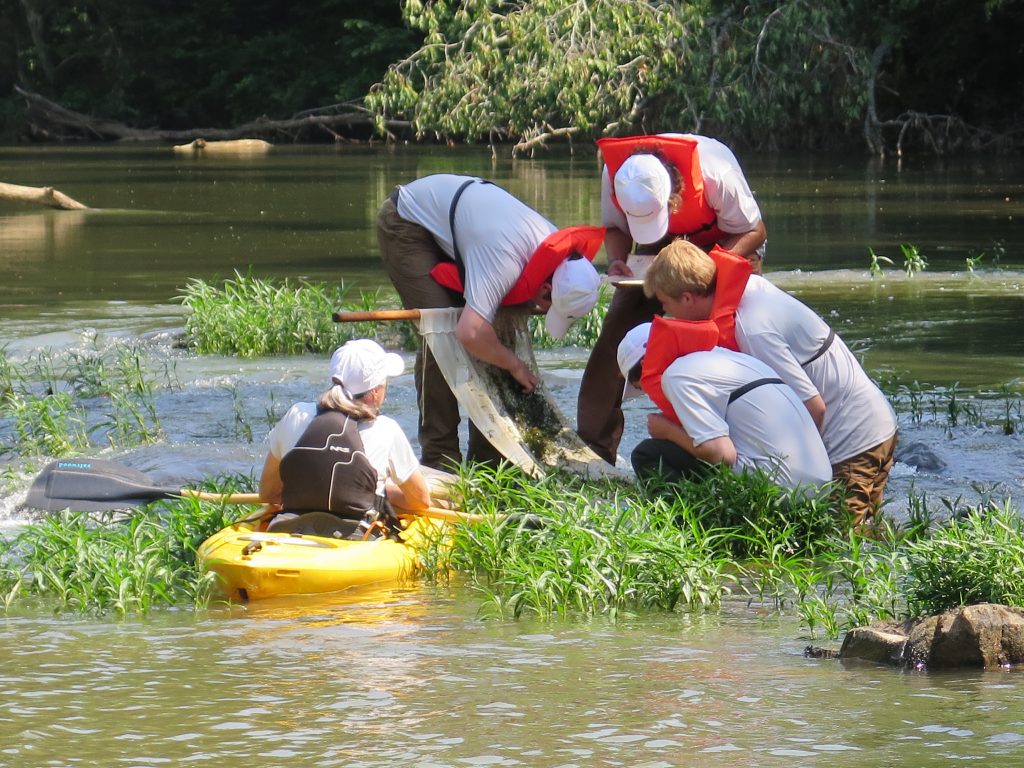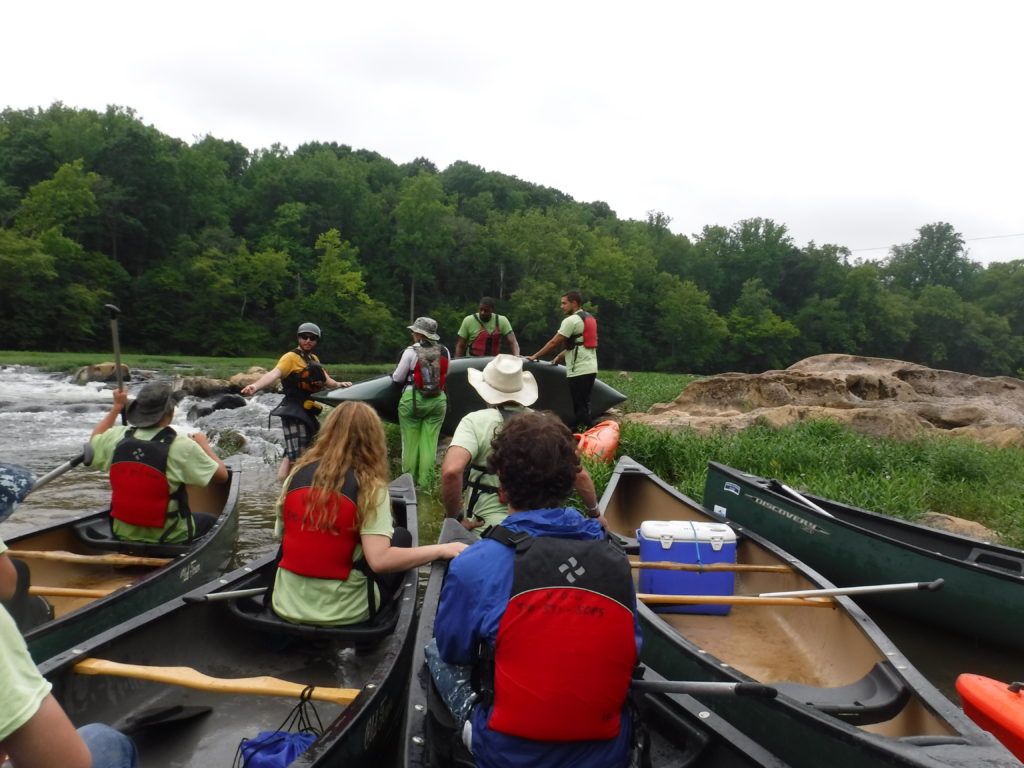in 2017, a crew of 7 StreamSweepers covered 20 miles of the Rappahannock River, from the Route 29 Bridge in Remington to 1 mile upstream of the confluence with the Rapidan River near Richardsville, VA. They removed more than 16.5 tons of trash.
In 2018, the team completed cleaning the upper section from Waterloo Bridge to Remington.
Some of the items removed were: 6 extra-large tires (more than 200 pounds each), 85 large truck tires (semi and dump truck size), 178 regular car tires, 12 tire rims, 2 car batteries, 9 chairs, 11 plastic floats, 119 golf balls, 4 fishing poles, a sump pump, radiator, space heater, mini fridge, house siding, hub cap, 2 large VDOT barrels, blue 50 gallon barrel, propane tank, orange traffic cone, 1 pvc pipe about 4’x5″, entire porta potty, bicycle frame, washing machine tub, and 49 bags of trash containing 734 aluminum cans, 344 glass bottles, 169 plastic bottles, & 246 plastic bags.


River Health Assessments
The map below shows river health for the Rappahannock river from the Waterloo Bridge to Remington, VA assessed by the Sweepers in 2017 and 2018. We define health as the ability to maintain its structure (organization) and function (vigor) over time in the face of external stress (resilience). (An example of an external stress would be flooding.) Sweepers used GPS units to mark health indicators standardized by the USDA such as the height and geometry of the bank, the percentage of river covered by a canopy, and the composition of the river bed, to name a few. Totals for these variables are shown as red, yellow, and green.

This map shows points where invasive species were observed. In approximate order of relative predominance they were as follows:
- Ailanthus (tree of heaven)
- Japanese Stiltgrass
- Autumn Olive
- Multiflora Rose
- Ground Ivy
- Japanese Hops
- Honeysuckle
- Oriental Bittersweet
- Privet
- Kudzu
